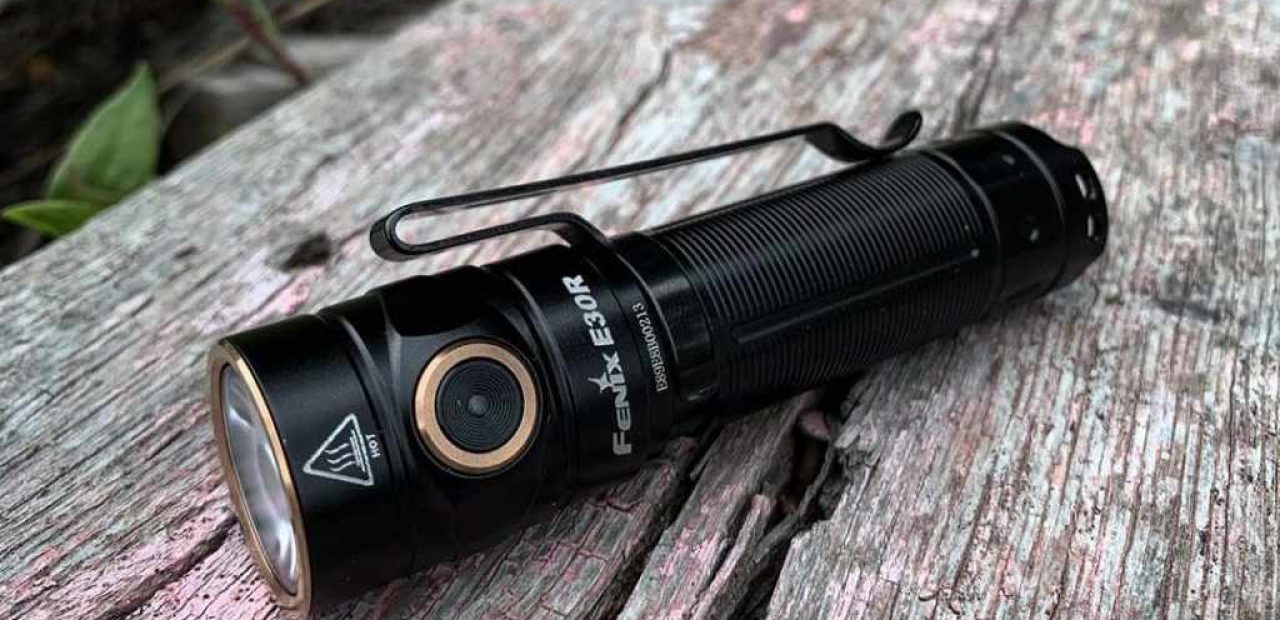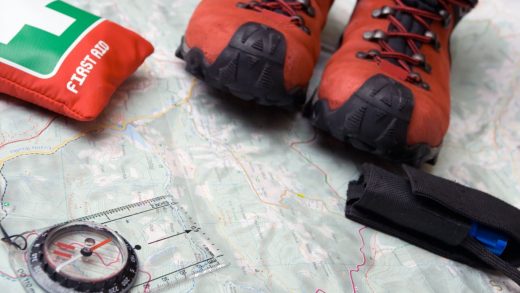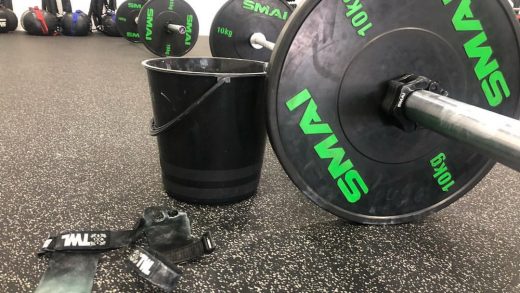How to Pick the Ideal Flashlight for Hiking
Hiking is one of the most popular outdoor activities for a large portion of the world’s population, and for a very good reason. It’s healthy, relaxing, and can be a great bonding experience.
However, a lot of people seem to only hike during the day hours, as hiking during the night is seen as more dangerous. While it’s not always as safe as during the day, a good flashlight can truly make a world of difference. Some are advocating for headlamps as a good alternative, as they have grown in popularity during recent years, but nothing beats the reliability of a good flashlight in your hands. However, there are a few things you should know before rushing to get a flashlight to do some night-time hiking.
Contents
Understanding the Basics
First things first, flashlights come in various shapes in sizes, as well as prices. That means the most important thing for a flashlight, which is the brightness, will feel quite differently across different flashlights. Another important factor to consider is the battery type and run time, as rechargeable batteries with longer run times generally cost more.
When it comes to buying flashlights, the thing you should be looking for the most is getting the best bang for your buck. And in this case, models like the reliable Fenix PD35 flashlight are unsurpassed. It’s not expensive, has a light length reach of 250 meters, which is higher than most flashlights, and has a very user-friendly design. For the money spent, you’d be getting a durable torch with all the bells and whistles you’d need for a good hike at night.
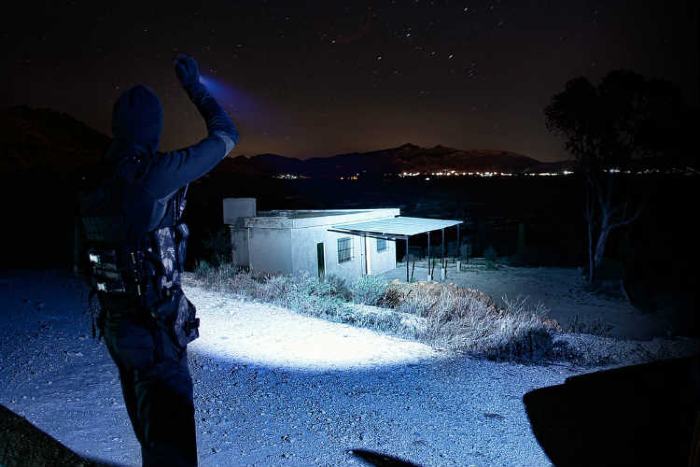
Flashlight Performance
Okay, now that we know the basics, we can move onto the intricacies of finding a well-performing flashlight. No two flashlight models are alike. They differ in many areas, such as light output, beam distance, run time, water resistance, and other similar categories.
Light Output
Light output is measured in lumens, which is a measure of the intensity of the light coming out of the source on the highest brightness setting. Most torches’ light output ranges from 100 lumens to 1000 lumens, though it’s not the definitive metric to measure flashlights by. It’s a useful comparison tool, but you should also look at a few other factors. The Fenix PD35 has great light output at 1000 lumens, making it one of the more powerful torches out there.
Beam Distance
Beam Distance is measured in meters and is calculated at how far your torches’ light shines before turning into the equivalent of a full moon’s light. Light from the full moon is considered safe for nightly hiking.
Run Time
Run time is measured in hours, and it’s calculated in how long it takes the light output to drop to 10%. It can slowly decrease over time, but it can stay constant and then suddenly drop. A torch with excellent run time is the Streamlight 75014 Stinger, which has 30 hours of run time.
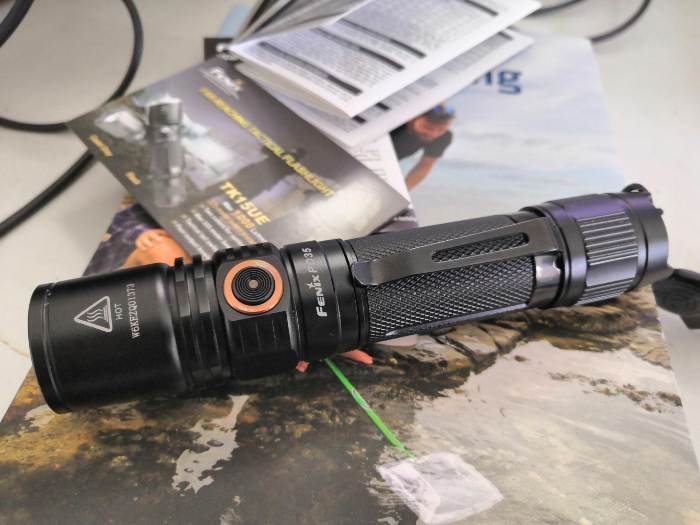
Impact Resistance
Impact resistance is measured in meters by dropping the flashlight six times onto concrete at the rated distance. It’s only a test that ensures the flashlight will continue working after being dropped, not being struck by a heavy object or run over.
The Bulb and Beam Type
After such advancements in technology, it’s hard to advocate for any other bulb type than LED. Some flashlights still use krypton bulbs, but LED flashlights are unbeaten as far as run time, brightness, energy efficiency, and general resistance against the elements.
However, there are three different beam types that might make a difference when hiking. The flood beam, which is the most common one, is a single beam that’s ideal for camping and hiking. The spot beam type is meant to be used over distances, and it’s great for route-spotting or fast-paced activities. The adjustable beam type means it can adjust the beam from wide to focused, and it can be great for several activities, such as climbing.
The most popular beam type for hiking and camping is the regular flood type unless you’re planning on doing more fast-paced or high-octane activities.
Flashlight Materials and Shape
The basic materials that most flashlights are made of are either aluminium or plastic, with some stainless steel features added to the flashlight’s head to increase the torch’s impact resistance. As to be expected, the thinner aluminium ones are lighter, and vice versa, the thicker ones are tougher. The most basic, and popular, shape of a torchlight is cylindrical. However, cylinders tend to roll when placed on flat surfaces, so make sure to get one that’s roll-proof. The body should also have a knurled pattern so as to reduce slipping and improve grip.
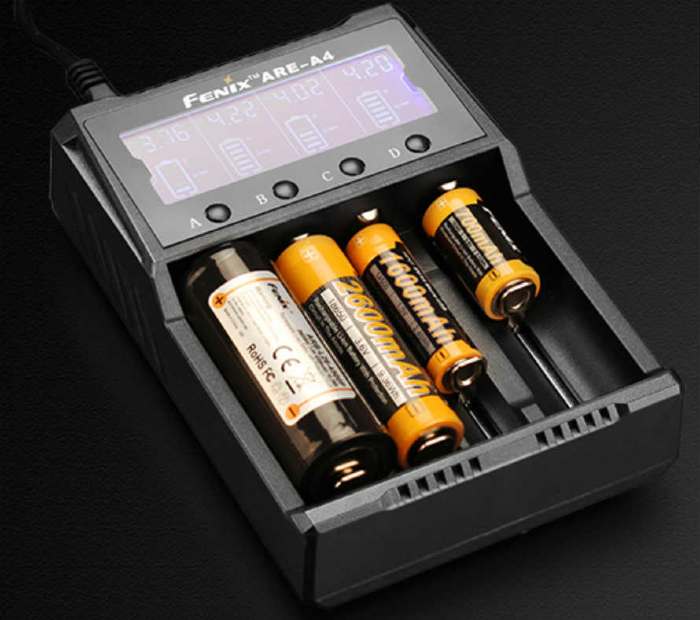
Batteries
Batteries play a vital role when picking a torch. Even popular ones like the Fenix PD35 flashlight, Streamlight 75014, and ThruNite Archer need to be equipped with good batteries to get the most out of them.
Disposable AA or AAA batteries are still most commonly used, and they’re great due to their higher voltage output and smaller size. Rechargeable lithium-ion batteries are sometimes used, which can be charged via USB or outlet. They’re usually pricier, but you won’t ever have to worry about disposable batteries and old ones turning to waste.
There is also another option, which is ideal for emergencies, with is the renewable battery type. They’re charged with a hand crank placed on the flashlight. Whichever one you end up using for the flashlight you’ve chosen, make sure to not use lithium-ion batteries unless that’s explicitly allowed by the manufacturer. You risk damaging your flashlight otherwise or at least diminishing its brightness capabilities.
To Sum Up
Flashlights have been around for a long time and will be for years to come. That’s because they very reliable and they have great use for a wide variety of activities. They’re a must if you’re camping and planning on hiking at night, but they have other uses besides outdoor activities. They’re handy in a bind and will save you a lot of hassle during unexpected blackouts. Having a good flashlight by your side is a must for anyone because you never know when you’re going to need it.

